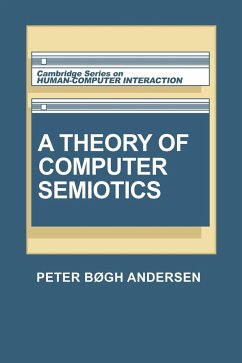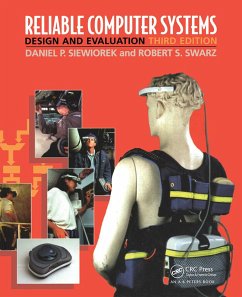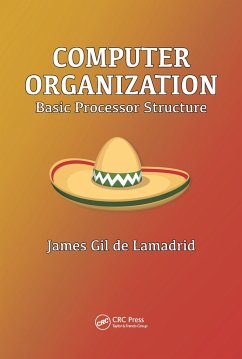
A Theory of Computer Semiotics
Versandkostenfrei!
Versandfertig in 1-2 Wochen
151,99 €
inkl. MwSt.

PAYBACK Punkte
76 °P sammeln!
Semiotics is the science of signs: graphical, such as pictures; verbal (writing or sounds); or others such as body gestures and clothes. Computer semiotics studies the special nature of computer-based signs and how they function in use. This 1991 book is based on ten years of empirical research on computer usage in work situations and contains material from a course taught by the author. It introduces basic traditional semiotic concepts and adapts them so that they become useful for analysing and designing computer systems in their symbolic context of work. It presents a novel approach to the ...
Semiotics is the science of signs: graphical, such as pictures; verbal (writing or sounds); or others such as body gestures and clothes. Computer semiotics studies the special nature of computer-based signs and how they function in use. This 1991 book is based on ten years of empirical research on computer usage in work situations and contains material from a course taught by the author. It introduces basic traditional semiotic concepts and adapts them so that they become useful for analysing and designing computer systems in their symbolic context of work. It presents a novel approach to the subject, rich in examples, in that it is both theoretically systematic and practical. The author refers to and reinterprets techniques already used so that readers can deepen their understanding. In addition, it offers new techniques and a consistent perspective on computer systems that is particularly appropriate for new hardware and software (e.g. hypermedia) whose main functions are presentation and communication. This is a highly important work whose influence will be wide and longlasting.














